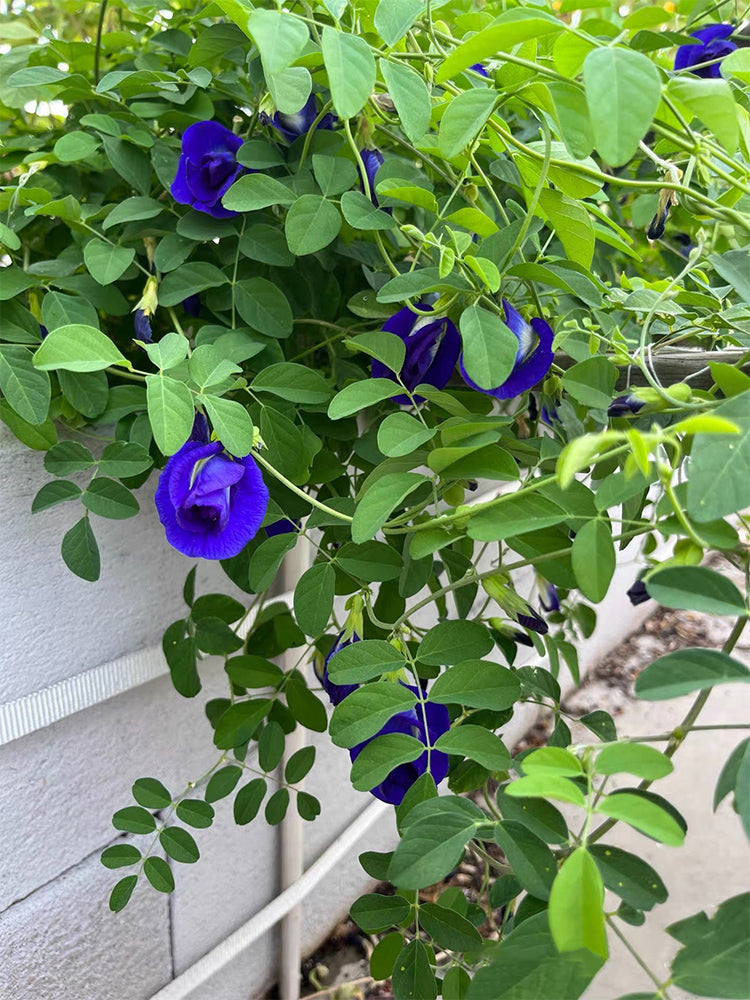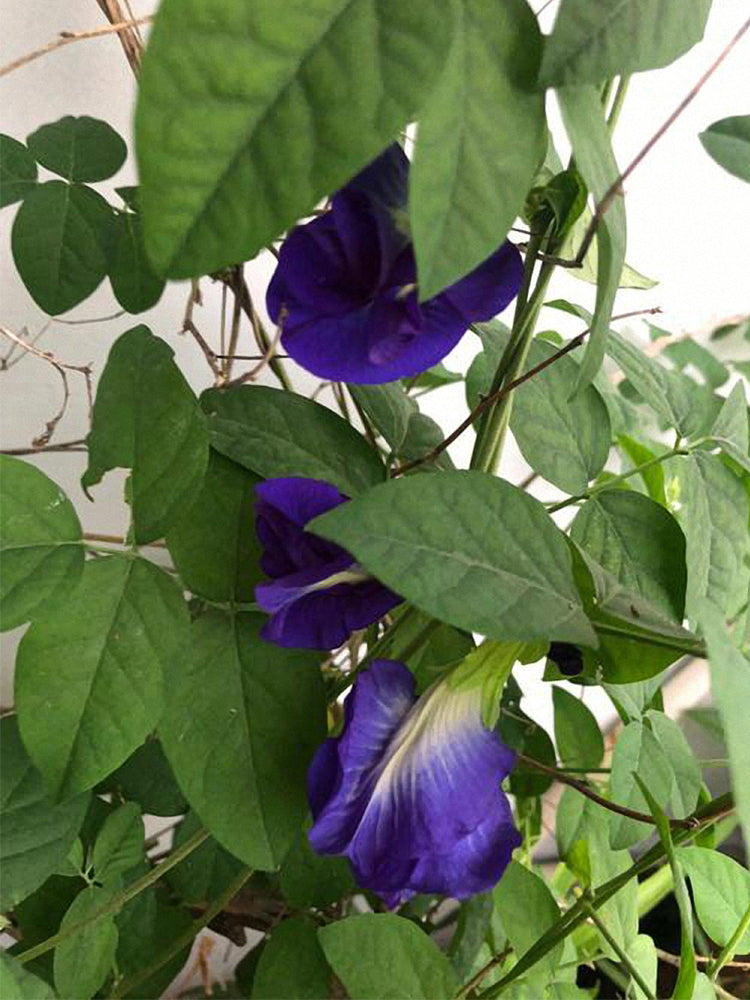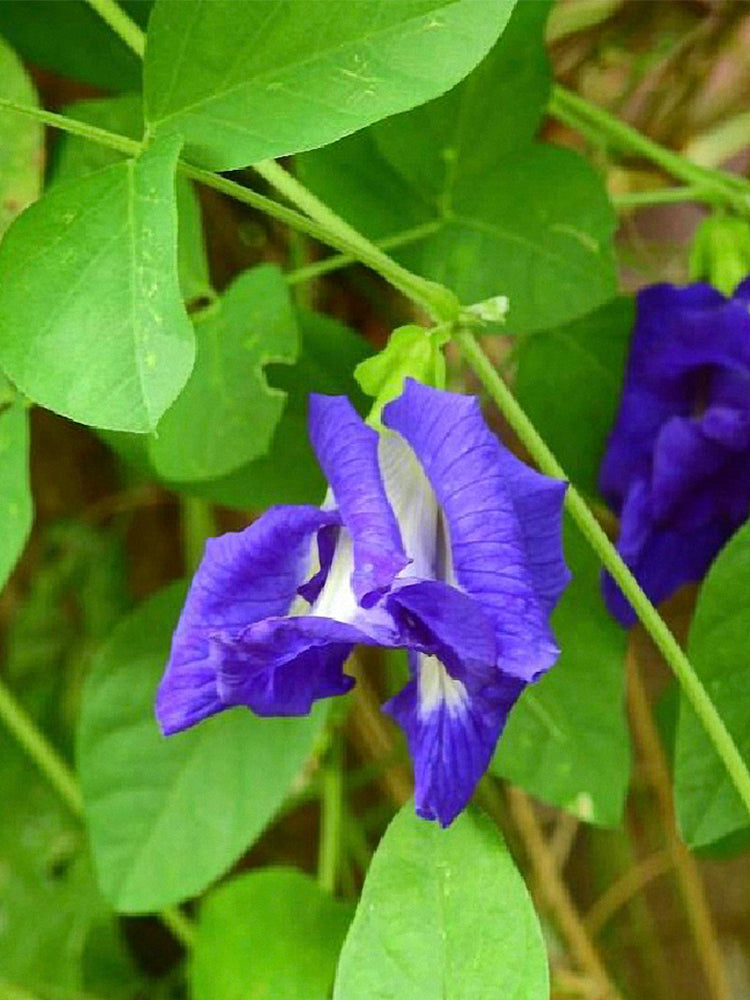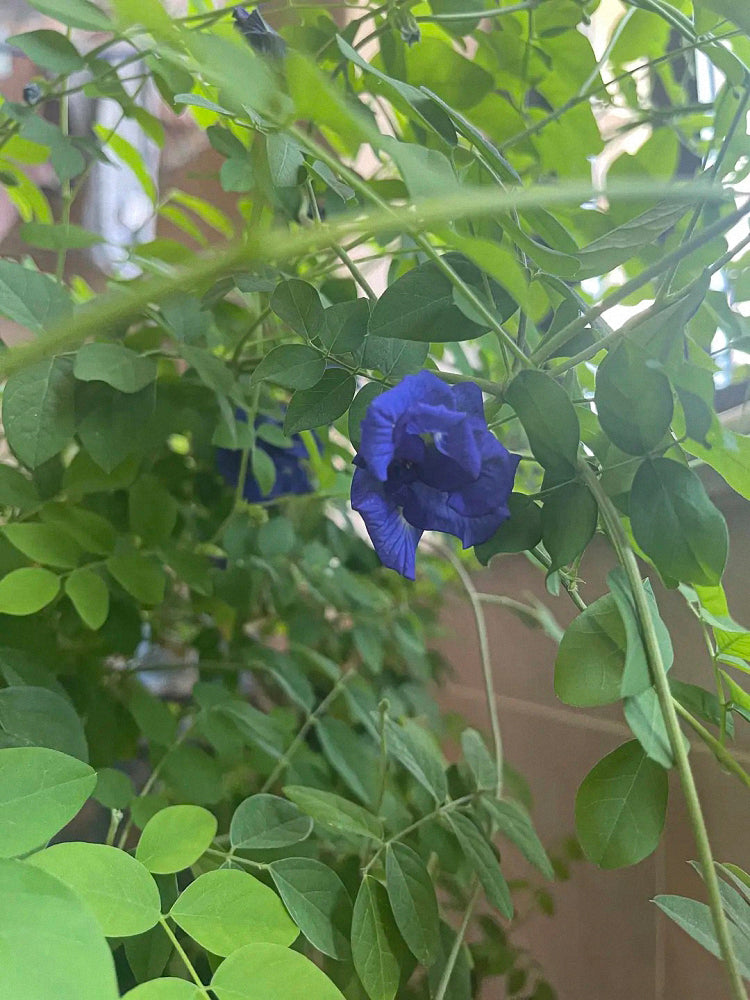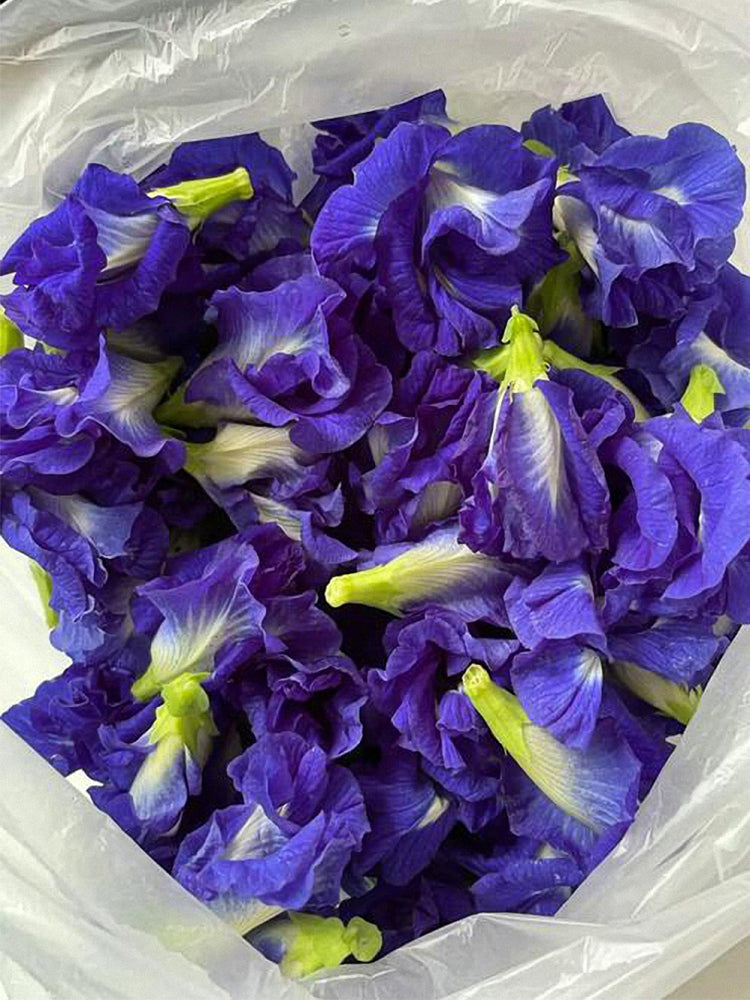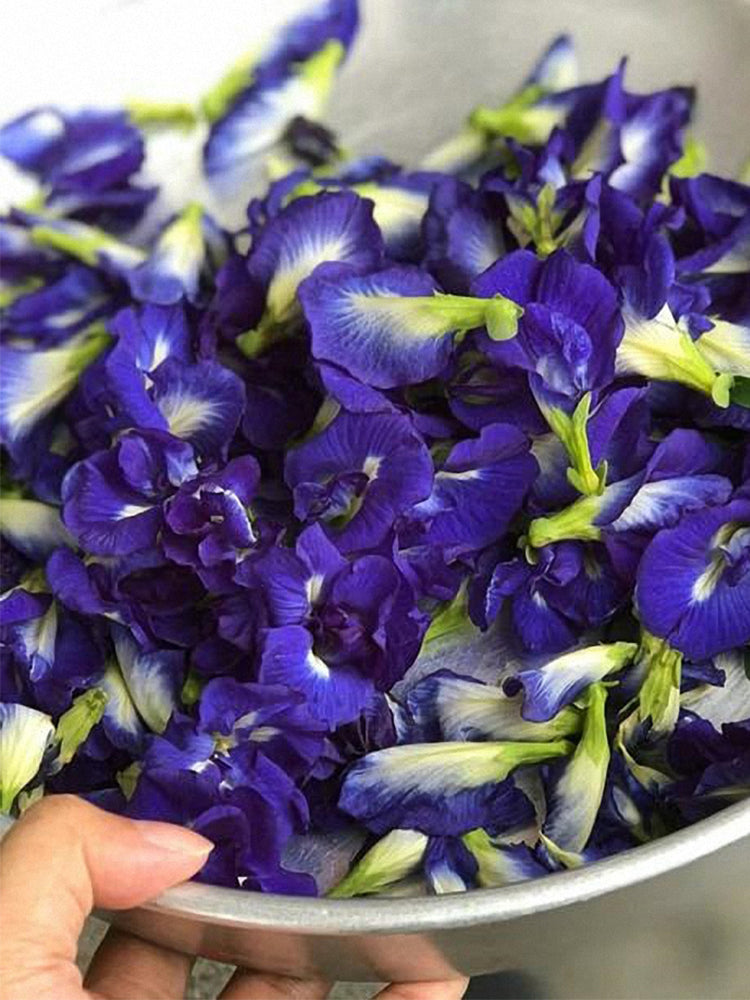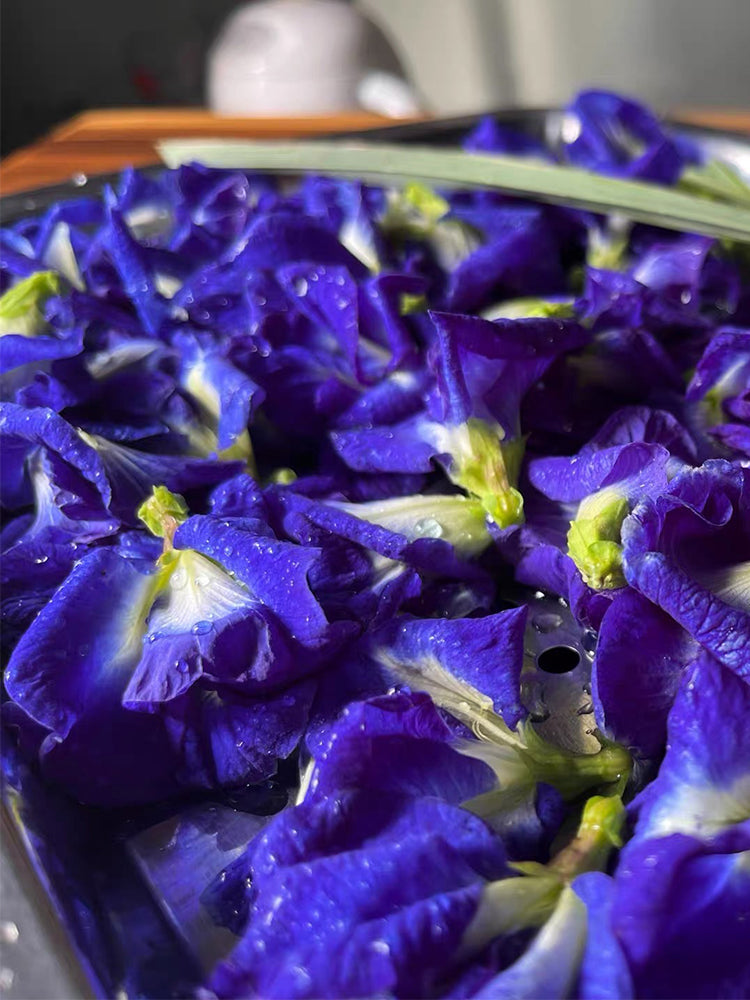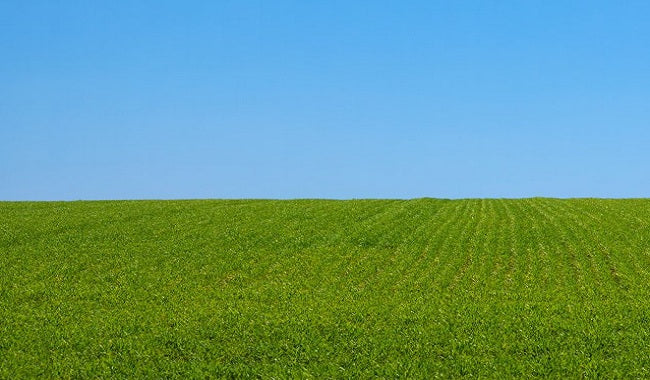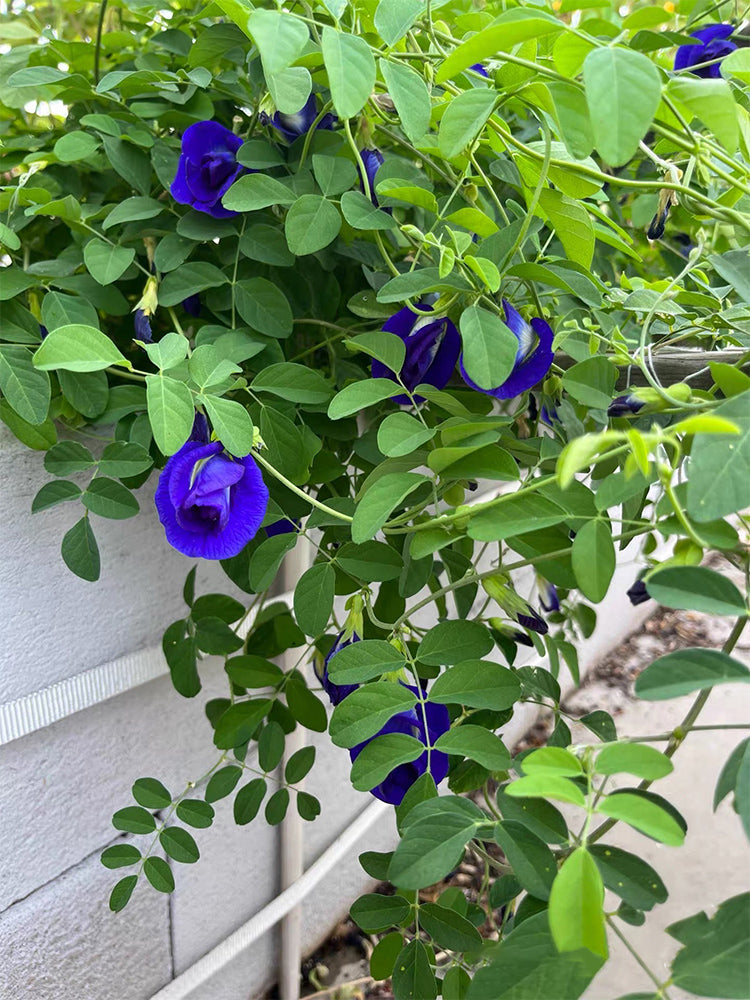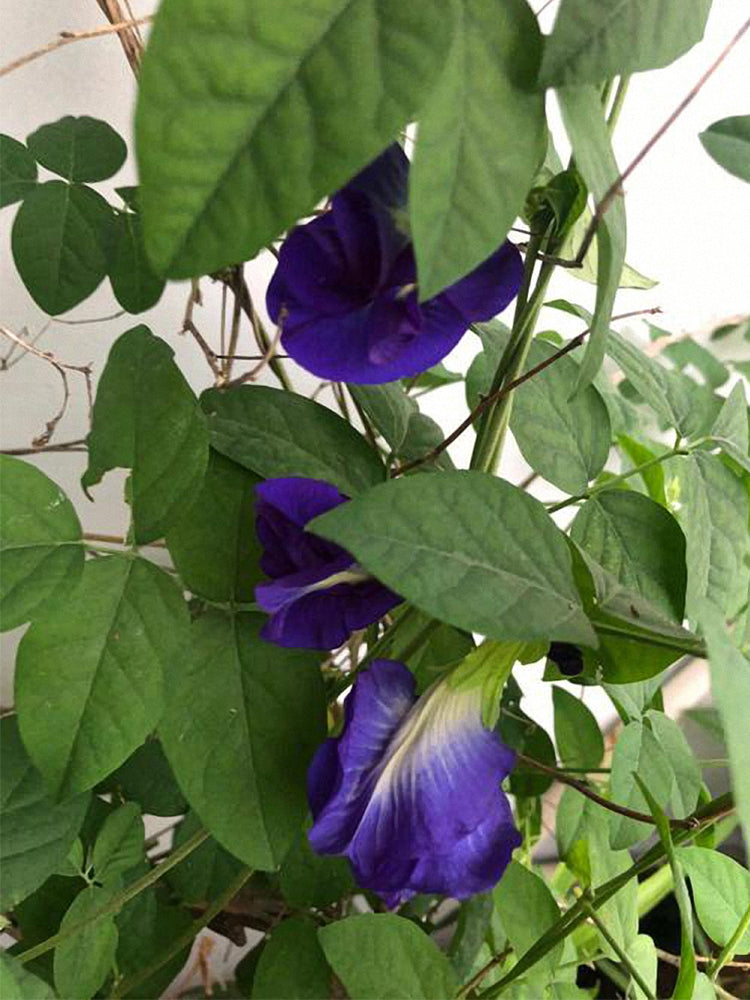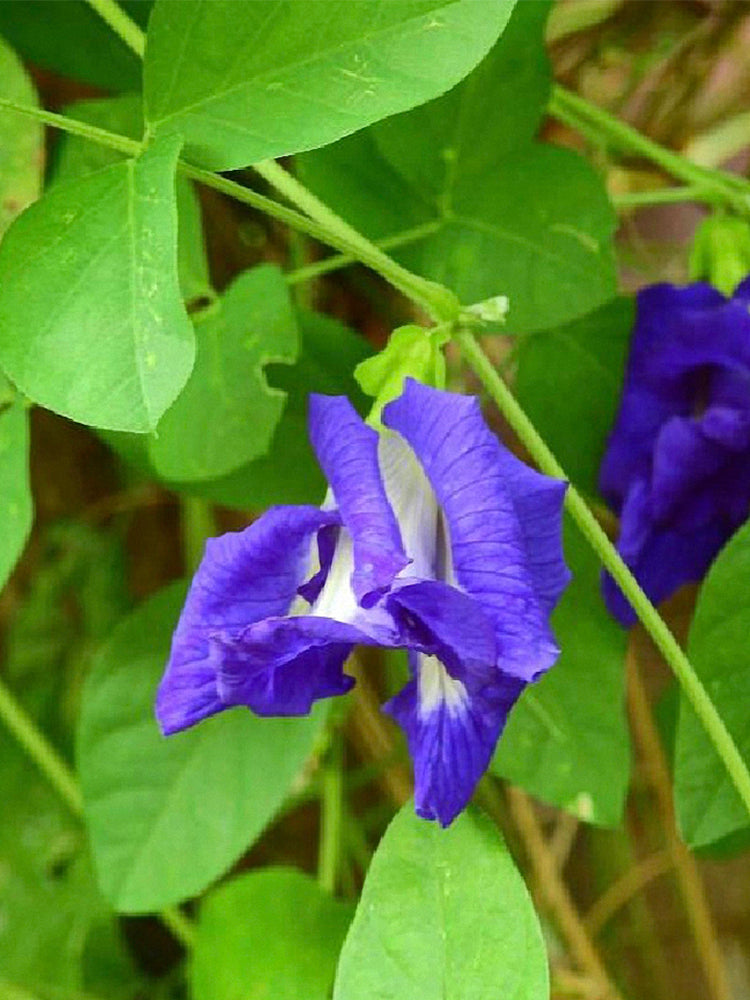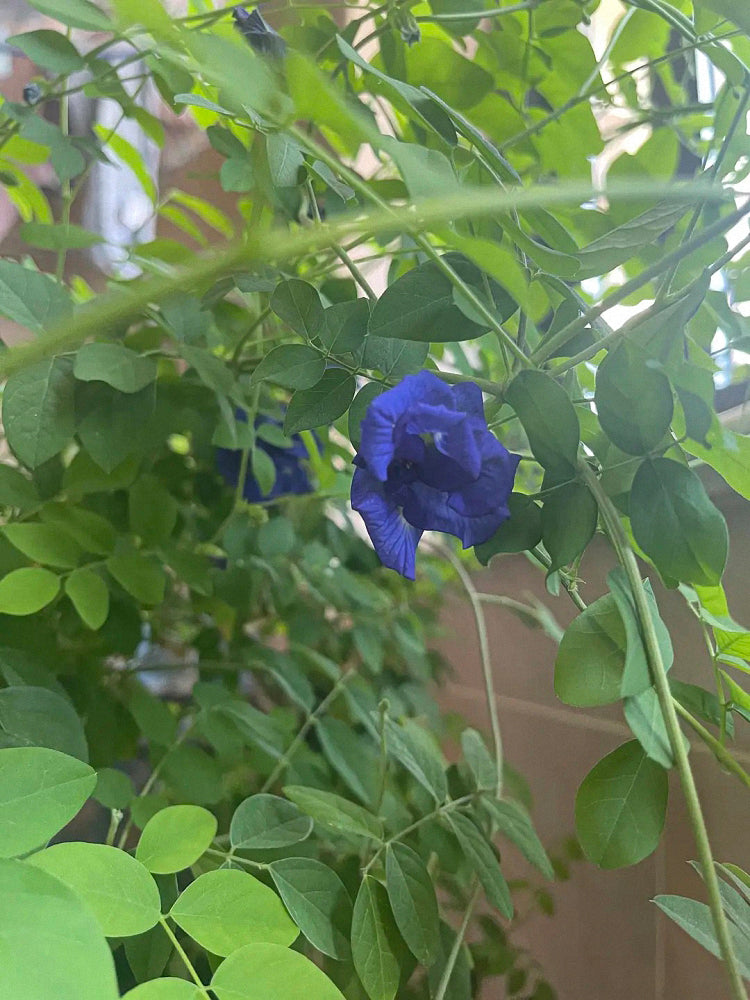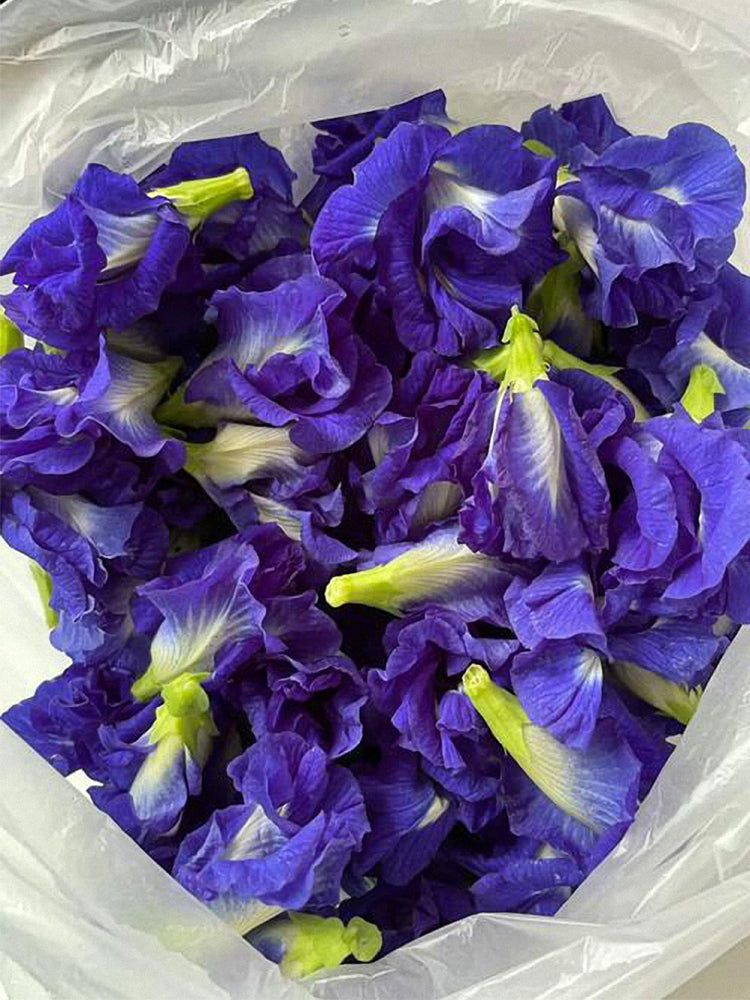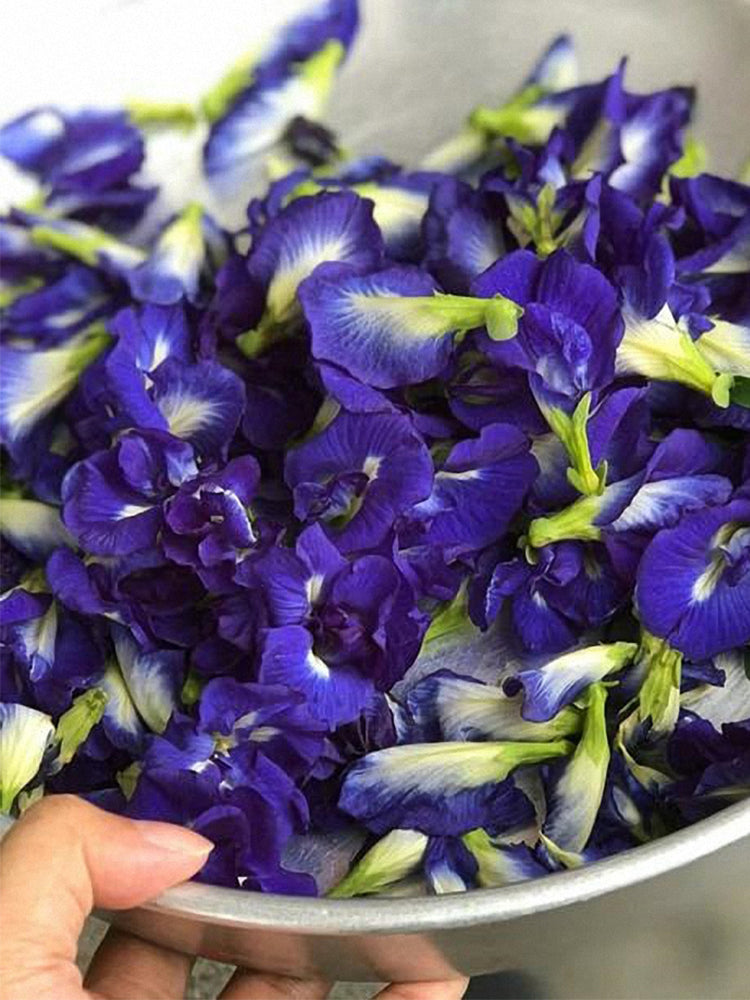BELLFARM
Butterfly pea (Clitoria ternatea 'Pleniflora')
Sale
Sold out
Regular price
$3.99 USD
Regular price
$6.99 USD
Sale price
$3.99 USD
Unit price
per
Couldn't load pickup availability
-
5-14 Days delivery.
-
Ship out within 24 hours.
Variety Characteristics:
- Butterfly pea (Clitoria ternatea 'Pleniflora') is a climbing, herbaceous vine of the genus Clitoria in the Fabaceae family. Its stems and branches are slender and covered with short, soft pubescence. Its leaves are small, with linear stipules and slender petioles. Its flowers are large, prominent, solitary and axillary, covered with lanceolate bracts. The petals are deep blue, resembling a butterfly, making it highly ornamental. After flowering, it produces pods containing oblong black seeds, with the flowering and fruiting period from July to November.
- This plant prefers warm, humid environments and tolerates partial shade but is frost-sensitive. It requires sufficient sunlight and grows best in well-drained, loose, fertile soil. Its optimum growing temperature is between 18℃ and 30℃. The entire plant can be used as green manure. The young stems and leaves during the flowering period have a high crude protein content in dry matter, making it a high-quality legume forage that can be made into hay or feed. The young pods are edible. In gardening applications, butterfly peas are popular for their beautiful flower shape and elegant color. They are often used to embellish flower beds, climb garden fences, and grow in pots or hanging pots. They are also suitable for decorating small trellises and walls, or as ground cover on slopes. Their roots can be used medicinally, but note that the roots and seeds are poisonous and should not be eaten.
- Butterfly pea (Clitoria ternatea 'Pleniflora') is a climbing, herbaceous vine of the genus Clitoria in the Fabaceae family. Its stems and branches are slender and covered with short, soft pubescence. Its leaves are small, with linear stipules and slender petioles. Its flowers are large, prominent, solitary and axillary, covered with lanceolate bracts. The petals are deep blue, resembling a butterfly, making it highly ornamental. After flowering, it produces pods containing oblong black seeds, with the flowering and fruiting period from July to November.
- This plant prefers warm, humid environments and tolerates partial shade but is frost-sensitive. It requires sufficient sunlight and grows best in well-drained, loose, fertile soil. Its optimum growing temperature is between 18℃ and 30℃. The entire plant can be used as green manure. The young stems and leaves during the flowering period have a high crude protein content in dry matter, making it a high-quality legume forage that can be made into hay or feed. The young pods are edible. In gardening applications, butterfly peas are popular for their beautiful flower shape and elegant color. They are often used to embellish flower beds, climb garden fences, and grow in pots or hanging pots. They are also suitable for decorating small trellises and walls, or as ground cover on slopes. Their roots can be used medicinally, but note that the roots and seeds are poisonous and should not be eaten.
